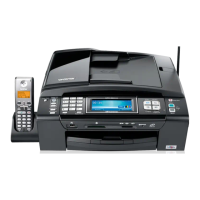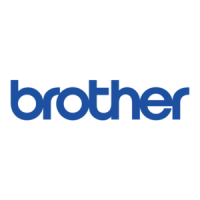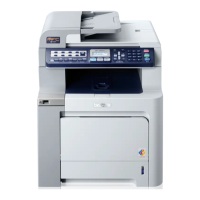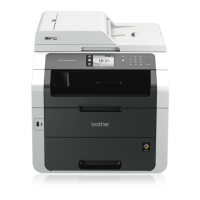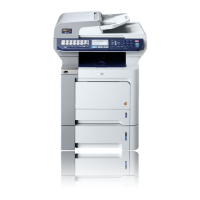41
5
Telephone line
services
5
Tone or Pulse (Canada only) 5
If you have a Pulse dialing service, but need
to send Tone signals (for example, for
telephone banking), follow the instructions
below. If you have Touch Tone service, you
will not need this feature to send tone signals.
a Pick up the handset of the external
telephone or press Hook.
b Press # on the machine’s control panel.
Any digits dialed after this will send tone
signals.
When you hang up, the machine will
return to the Pulse dialing service.
For Fax/Tel mode only 5
When the machine is in Fax/Tel mode, it will
use the F/T Ring Time
(pseudo/double-ringing) to alert you to pick
up a voice call.
Lift the external telephone’s handset, and
then press Hook to answer.
If you are at an extension telephone, you will
need to lift the handset during the F/T Ring
Time and then press #51 between the
pseudo/double rings. If no one is on the line,
or if someone wants to send you a fax, send
the call back to the machine by pressing l51.
Special line considerations 5
Roll over telephone lines 5
A roll over telephone system is a group of two
or more separate telephone lines that pass
incoming calls to each other if they are busy.
The calls are usually passed down or “rolled
over” to the next available telephone line in a
preset order.
Your machine can work in a roll over system
as long as it is the last number in the
sequence, so the call cannot roll away. Do not
put the machine on any of the other numbers;
when the other lines are busy and a second
fax call is received, the fax call would be
transferred to a line that does not have a fax
machine. Your machine will work best on a
dedicated line.
Two-line telephone system 5
A two-line telephone system is nothing more
than two separate telephone numbers on the
same wall outlet. The two telephone numbers
can be on separate jacks (RJ11) or combined
into one jack (RJ14). Your machine must be
plugged into an RJ11 jack. RJ11 and RJ14
jacks may be equal in size and appearance
and both may contain four wires (black, red,
green, yellow). To test the type of jack, plug in
a two-line telephone and see if it can access
both lines. If it can, you must separate the line
for your machine.
Converting telephone wall outlets 5
There are three ways to convert to an RJ11
jack. The first two ways may require
assistance from the telephone company. You
can change the wall outlets from one RJ14
jack to two RJ11 jacks. Or, you can have an
RJ11 wall outlet installed and slave or jump
one of the telephone numbers to it.
Dialing and storing numbers 5

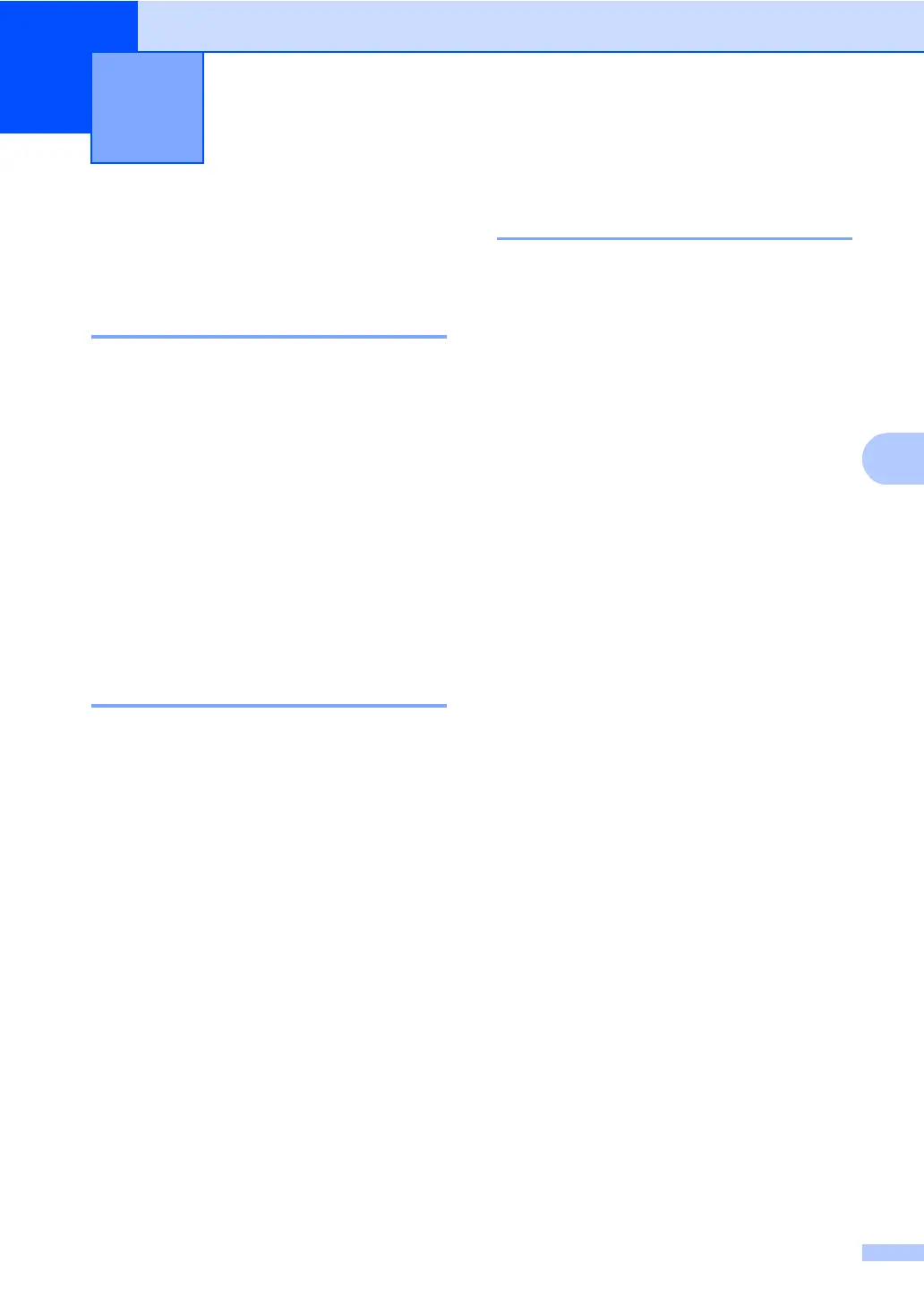